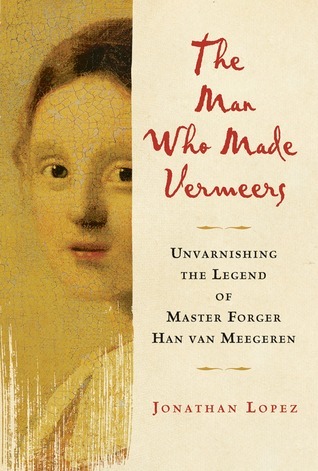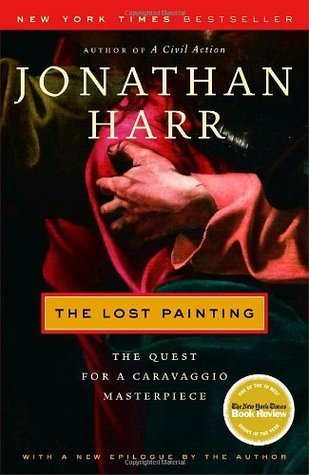
The Art Thief
Book Description
A mastermind art thief spins a web of deception that challenges the very fabric of the art world. With a combination of charm and cunning, he outsmarts the elite galleries and steals priceless masterpieces, leaving chaos in his wake. As investigators dig deeper, they realize this isn't just about theft—it's a thrilling exploration of obsession, identity, and the value of beauty. In a high-stakes game of cat and mouse, the lines blur between criminal and connoisseur. What drives a man to risk everything for a piece of art? Can beauty truly justify the thievery committed to possess it?
Quick Book Summary
"The Art Thief" by Michael Finkel is a gripping nonfiction account of Stéphane Breitwieser, one of the world's most prolific and audacious art thieves. Over nearly a decade, Breitwieser executed hundreds of thefts from European museums, amassing a private collection that rivaled those of established galleries. Motivated not by profit but by an obsessive love for beauty, Breitwieser orchestrated his crimes with meticulous care, relying on charm and cunning. The book delves into the moral ambiguities of his actions, exploring who truly owns art and the blurry boundary between admiration and possession. As law enforcement closes in, the story becomes a thrilling cat-and-mouse chase, reflecting on the psychology of obsession and the enduring allure of great art.
Summary of Key Ideas
Table of Contents
Obsession and the Allure of Art
Stéphane Breitwieser’s early fascination with art propelled him into the world of masterpieces, but his enthusiasm quickly spiraled into obsession. Unlike typical criminals motivated by greed, Breitwieser’s intentions were personal—he desired to surround himself with beauty. This distinctive drive is woven throughout the narrative, illustrating how his passion for art evolved into a consuming fixation. The story traces his background, the emotional resonance he found in each piece, and how his pursuit of artistic perfection isolated him from conventional society.
Mastermind Theft and Deception
Breitwieser’s thefts were marked by audacious simplicity and careful planning. With the aid of his girlfriend, he slipped masterpieces from European museums unnoticed, exploiting lax security and his own unassuming demeanor. Michael Finkel explores the meticulous strategies employed during these heists, highlighting Breitwieser’s creativity and his ability to exploit institutional weaknesses. The book delves into the psychology behind these crimes, examining how charm, cunning, and a deep appreciation for art enabled Breitwieser to evade capture for years.
Moral Ambiguity and Identity
At the heart of "The Art Thief" lies a profound moral ambiguity. Breitwieser’s admiration for beauty is genuine, yet his methods are criminal. Finkel interrogates the ethics of possession, questioning whether an intense love for art can justify theft. The story prompts readers to consider the true value of art—is it in the viewing, the ownership, or the collective appreciation? These questions blur the line between connoisseur and criminal, challenging perceptions of art’s place in society and who is entitled to enjoy it.
Impact on the Art World
The ripple effects of Breitwieser’s actions extend far beyond personal gain or loss. His thefts exposed the vulnerabilities within the museum system, instigating an industry-wide reevaluation of security practices. Curators, law enforcement, and the public grappled with the loss of irreplaceable cultural heritage. Finkel captures the broader impact, portraying how individual obsession can unsettle institutions meant to safeguard humanity’s treasures, and provoke a reckoning in the art world.
Law Enforcement and the Cat-and-Mouse Game
Breitwieser’s story culminates in a high-stakes pursuit by law enforcement, driven by international collaboration and relentless investigation. The narrative builds tension as detectives piece together clues, racing to recover stolen works before they’re lost to history. Finkel recounts the unraveling of Breitwieser’s secretive world, revealing both the ingenuity of the thief and the perseverance of those determined to stop him. In the end, the book offers a fascinating meditation on the nature of beauty, obsession, and the enduring human desire to possess what we find extraordinary.
Download This Summary
Get a free PDF of this summary instantly — no email required.





